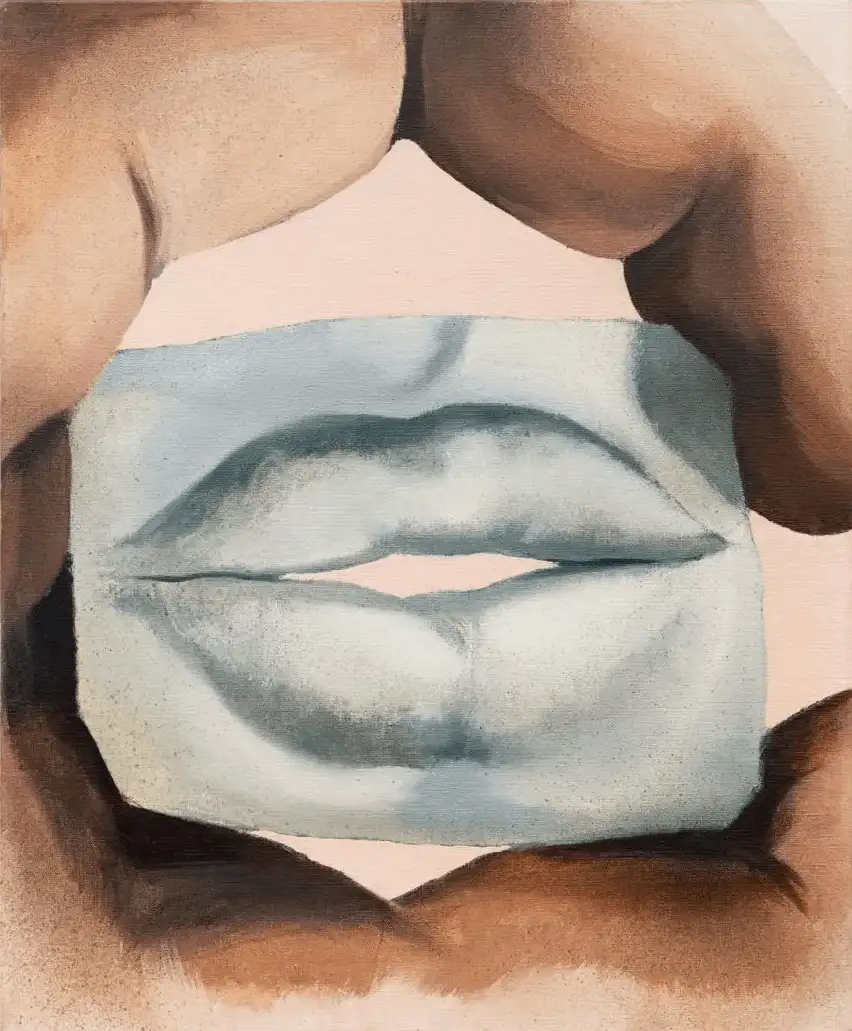Harold Stevenson
Harold Stevenson (1929–2018) was a magnetic, iconoclastic figure in American art, best known for his unabashed celebration of the male form and his presence within the mid-20th century art world.
Born in Idabel, Oklahoma, Stevenson brought a flair for the operatic and erotic to the Pop Art scene, often defying the movement’s cool detachment with bold, sensual intensity. A close associate of Andy Warhol — who featured him in early films — Stevenson carved his own path with work that was both grand in scale and unapologetically intimate in subject. His most famous piece, The New Adam (1963), is a monumental 39-foot painting of a reclining nude male, a radical act of homoerotic visibility that stunned audiences and prefigured the body politics of later queer art.
While often orbiting the New York art scene, Stevenson remained deeply independent, spending long periods in Paris and returning frequently to Oklahoma, where he nurtured his roots. He was a provocateur with a romantic heart; a painter who turned beauty into defiance, and desire into a statement. Though sidelined by an art world not yet ready for his explicit vision, Stevenson’s work has seen renewed attention for its fearless interrogation of gender, gaze, and power. His legacy lies in expanding the visual vocabulary of masculinity and creating space, often quite literally, for the queer male body in high art.
Harold Stevenson was a visionary outlier, a rebel with a brush, whose art still speaks loudly in the quiet spaces it once shocked.
